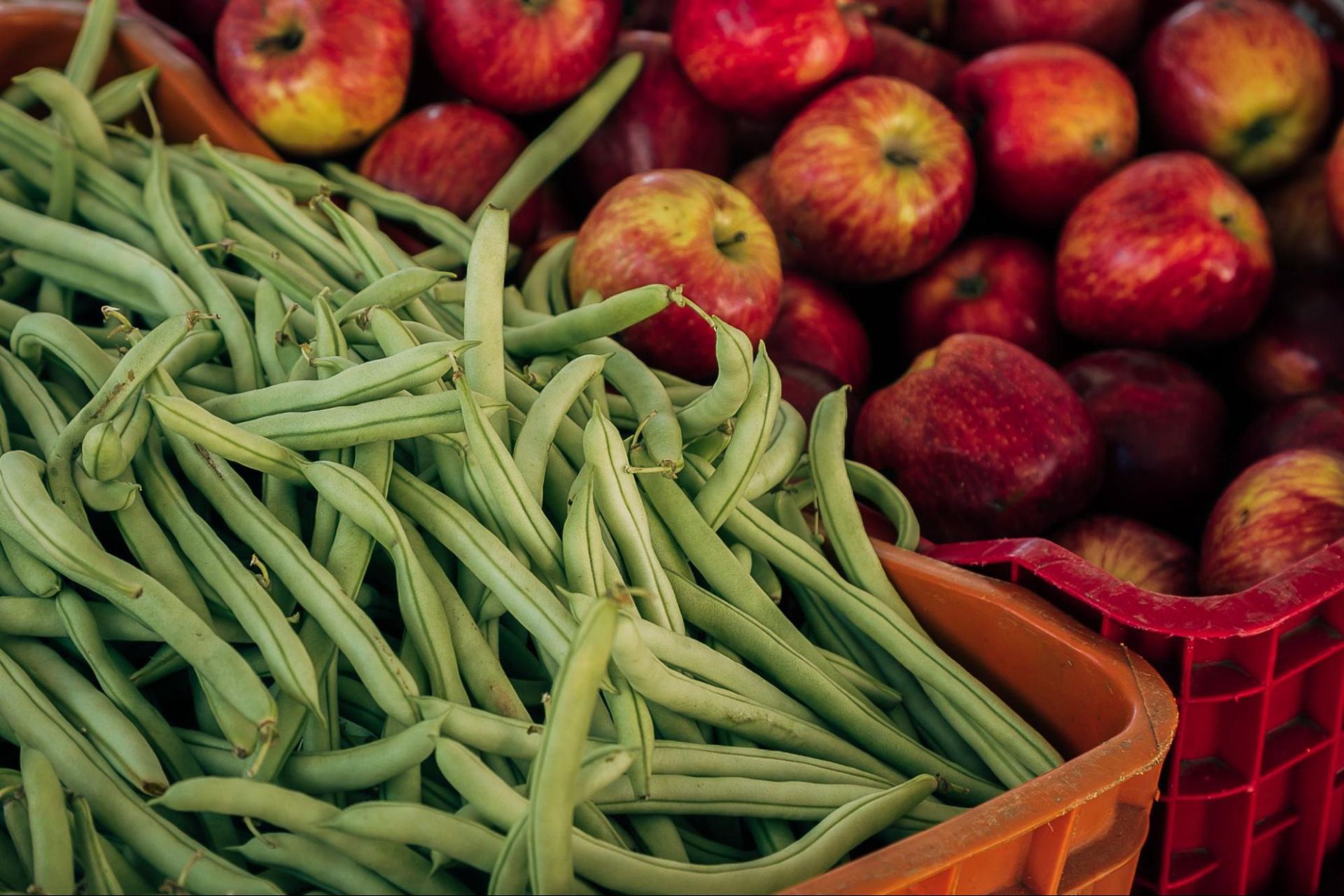Oh Snap, The Many Varieties of Fresh Green Beans
Table of contents
Whether you call them snap beans, string beans, haricot verts, or plain old green beans — there are many types of green beans available. They differ from other beans because they are cooked within their bean pods. This is in contrast to black beans and pinto beans, which are harvested from their pods before enjoying. Green beans can be steamed or blanched to retain their color. This also keeps them crisp-tender and is a simple but delicious preparation that can be showcased as a side for any main or as a show-stopping holiday side dish.
10 Types of Green Beans
Spring Varieties
Fava Beans
Fava beans grow in bumpy green pods, and inside are large, flat, bright green beans with a tougher clear skin that is typically removed before eating. They have a delicate, buttery, and nutty taste with a slight hint of bitterness. Fresh beans hold a lightly sweet vegetal flavor, whereas dried fava beans are milder and similar to dried chickpeas.
String Beans
These are traditional grocery store green beans. They have characteristic fibrous strings running down the length of the pod. Raw, a string bean is fibrous and crunchy with a slightly bitter taste. They’re best enjoyed boiled until tender, just beyond the crisp stage, as most recipes will instruct.
Spring – Fall Varieties
Wax Yellow Beans
Wax beans are the same as green string beans, except they’re yellow. That’s really the only difference. And the name is a little misleading. It comes from their color that resembles beeswax, not because they have a waxy texture. They’re just as crisp as their green counterparts and can be used similarly.
Purple Wax Beans
Purple wax beans are a purple version of classic green beans or wax beans. They lose their purple color when cooked, so consider them for raw recipes or lightly steam them and dip them into ice water to preserve as much of their color as possible.
Holland Flat Beans
Holland flat beans are more commonly known as flat beans or slicing beans. They have a stronger vegetal flavor and crisp, sweet bean flesh.
French Beans (spring-fall)
French green beans, also called Haricots Verts, tend to be smaller, more tender, and quicker to cook than traditional green beans. They take well to quick cooking methods such as blanching or sauteing. French green beans are generally considered the best green beans to buy, and they’re priced accordingly.
Spring – Summer Varieties
Sea Beans
Sea Beans have a salty, briny, and vegetal, seaweed-like flavor when fresh. Sea beans become less salty when cooked and develop mild nuances reminiscent of green beans or asparagus.
Summer Varieties
Chinese Long Beans
Chinese long beans have a very pronounced flavor and a distinct beanie taste. They’re not sweet like traditional beans and work best briefly steamed, stir-fried, or braised. They also hold up well when added to stews.
Romano Beans
Romano beans have a satisfying crunch when enjoyed raw and can stand up to longer cooking times than other green beans. Their flavor is reminiscent of traditional green beans but a bit more delicate, a touch sweeter.
Summer – Fall Varieties
Cranberry Beans
Cranberry beans are light beige-pink with speckles of red-brown. They are versatile, easy to use, and simple to prepare. They hold a hint of nutty sweetness in flavor. Even if the legumes lose their vibrant color while cooking, they gain their signature creamy texture. Cranberry beans work well cold, hot, at room temperature, and in a salad.
All of these beans, more or less, are interchangeable in recipes. Bigger beans like Romanos often take longer to cook than skinner string beans and will have more texture and chew. As long as you go into things with those facts in mind, feel free to mix around the various green beans. And though many are grown year-round, they have peak seasons of freshness and may only be found within certain seasons in stores. Riviera Produce supplies restaurants around New Jersey, New York, and Philidelphia with the freshest green beans that match any recipe.


